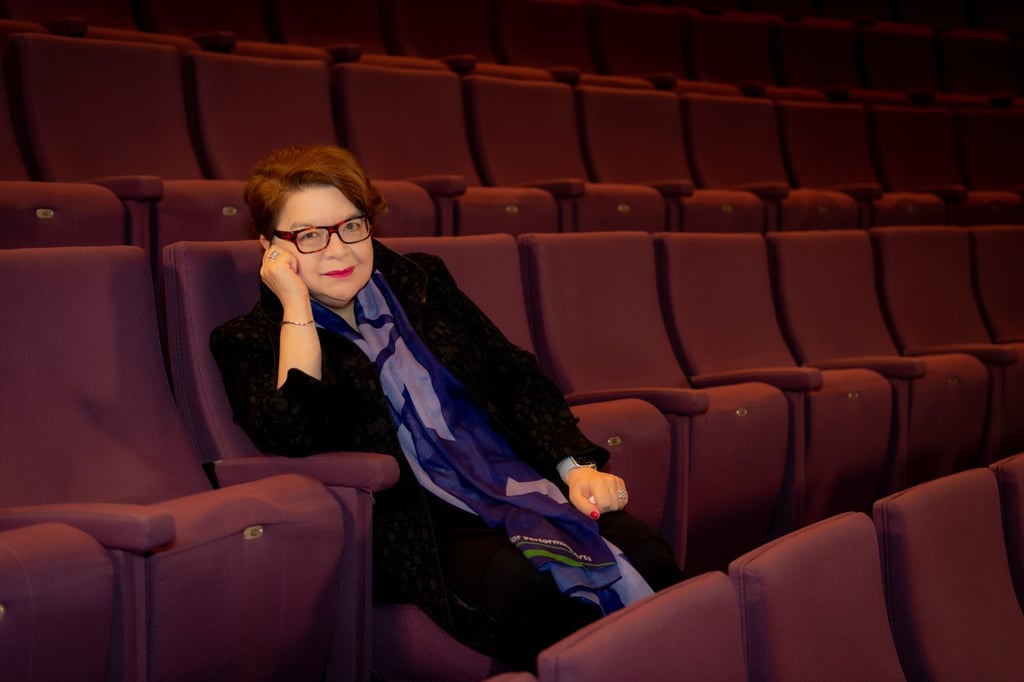How reading A Passage to India changed Hong Kong Academy for Performing Arts director Gillian Choa’s life
- E.M. Forster’s exploration of class tension, stereotypes and racism in colonial India had a real impact on Choa when she read it at school
- A fan of the literature and fashion of the 1920s, Choa was drawn to the novel set in British India and its social messages

E.M. Forster’s A Passage to India (1924), among the iconoclastic British writer’s best known novels, is an exploration of class tensions, stereotypes and racism in colonial India.
The story of Adela Quested, a young Englishwoman who visits the fictional Indian city of Chandrapore with the idea of marrying the local magistrate, and who subsequently falsely accuses young Indian doctor Aziz of sexual assault, leading to a trial and the breakdown of several friendships, the novel is a fierce critique of the toxic effects of colonialism.
Gillian Choa, director of the Hong Kong Academy for Performing Arts, explains how it changed her life:
I am particularly interested in novels that touch me and trigger my imagination. I first read A Passage to India in secondary school when it was required reading for English literature. My mother had always romanticised India as this extremely mysterious place full of wonders. While I longed to visit the country myself, I was only able to capture it through this novel in the eyes of an Englishman’s perspective in the 1920s.

The 1920s are one of my favourite periods in fashion history, and in literature too, as in works such as The Great Gatsby, The Age of Innocence, A Room of One’s Own and The Painted Veil [by F Scott Fitzgerald, Edith Wharton, Virginia Woolf and W Somerset Maugham respectively], which often depict seldom seen again romantic encounters. The meaning and relevance of the ideals of the time drew much of my attention later in the 20th century.